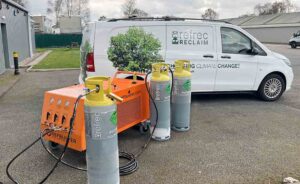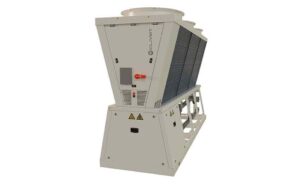US looks to develop energy-saving sensor
20th February 2018USA: A US university is involved in developing sensors to reduce the cost and environmental impact of operating a building’s heating, air conditioning and ventilation system.
The new sensor is designed to continuously determine how many people are occupying a room or building by measuring changes in carbon dioxide concentration. Such an advance would allow energy savings by largely restricting air conditioning and heating to occupied areas.
The project, which begins in May, is lead by Purdue University in West Lafayette, Indiana. It is funded with a three-year, $1.5m grant from the Department Of Energy’s Advanced Research Projects Agency-Energy (ARPA-E) through its new Saving Energy Nationwide in Structures with Occupancy Recognition, or SENSOR, programme.
The new sensor combines two technologies: a sensor to detect the presence of carbon dioxide and a sensor to perform precise measurements to determine how many people are in the room.
“Our approach is to use these two sensors in concert so that you will only do a fine measurement of the concentration of CO2 if someone is present in the room, saving energy in the sensing process,” said Jeffrey Rhoads, a professor in Purdue’s School of Mechanical Engineering and leader of the project.
Rhoads said. “The first sensor detects CO2 and is used as a switch to turn on the second one, and by doing that you save all of the power of running the second one continuously. And this strategy allows us to satisfy some key metrics on power consumption and longevity. It will have to run on very little power and last several years. We don’t want a system that you have to maintain on a yearly or monthly basis.”
The sensor will be slightly larger than a postage stamp, cost less than 6 cents per square footage of building space to operate and last longer than three years. The technology is an example of a microelectromechanical system, or a MEMS, which are devices that contain tiny micro-scale mechanical components. Vibrating plates behave differently when in the presence of CO2. They will be coated with a film that absorbs CO2, causing a change in vibration frequency. The sensor will be reset by heating the sensor components, driving the CO2 gas out.
“You could think of it as a smoke detector, except that we are focused on carbon dioxide and not simply detecting; we are also measuring,” Rhoads said.








